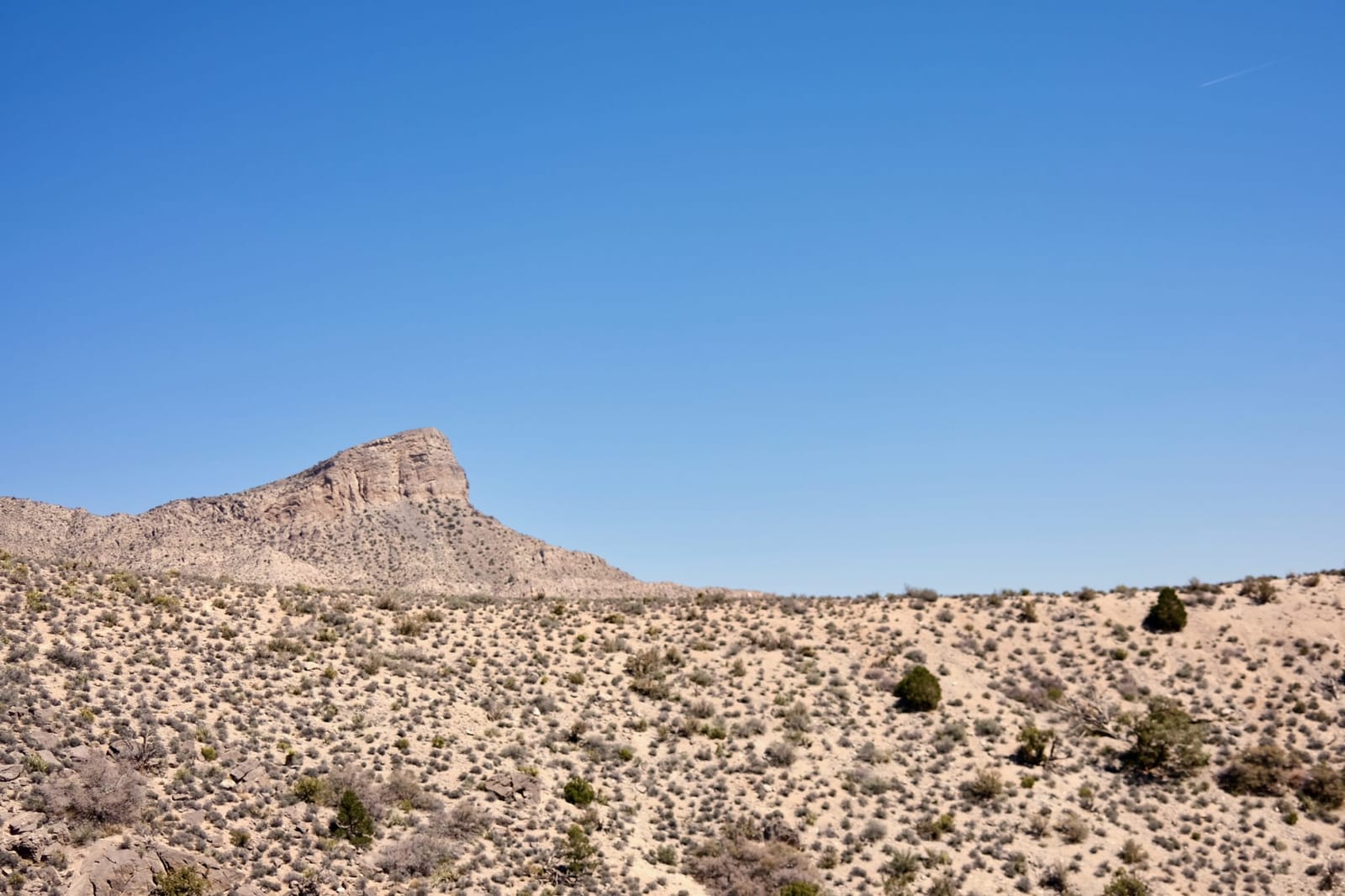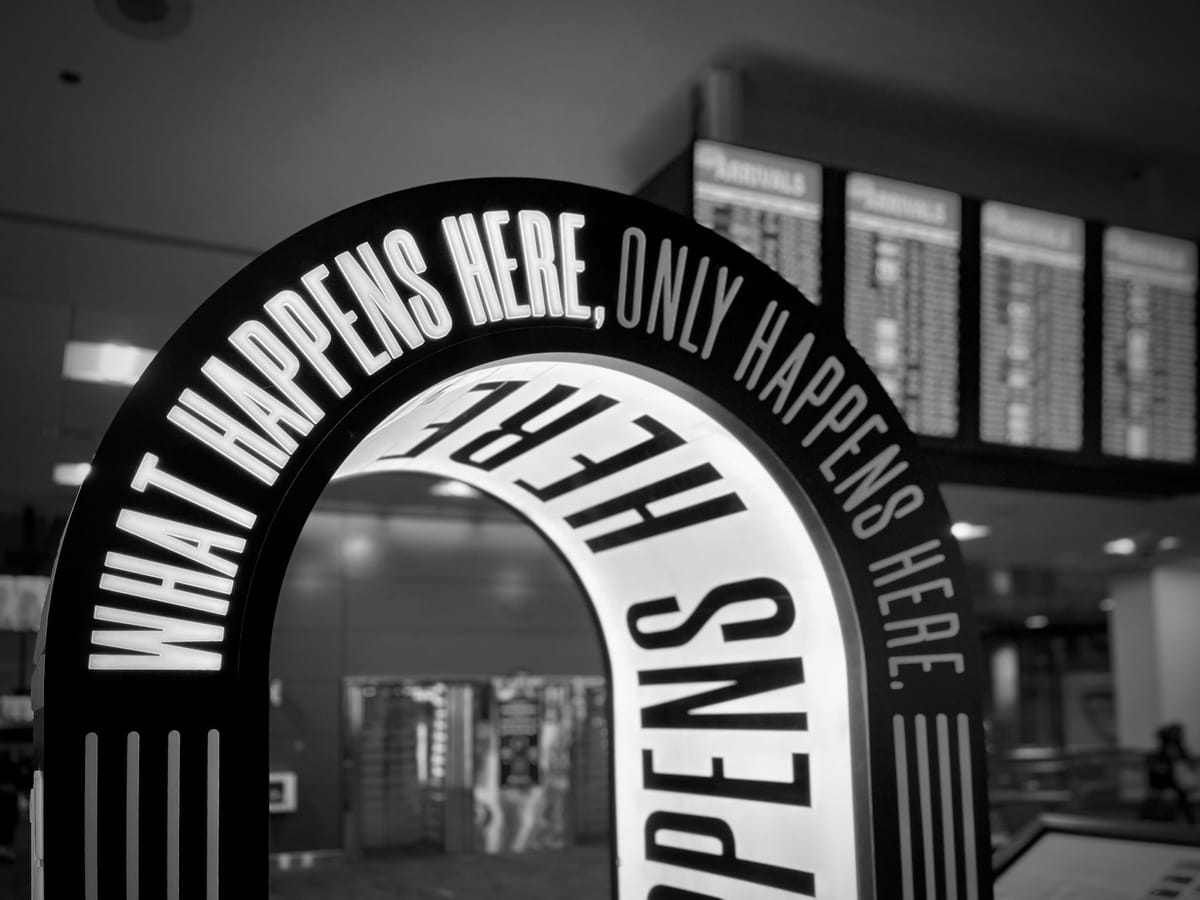Twenty-six inches of rain fell in Fort Lauderdale yesterday, and they’re calling it a once-in-a-thousand-year flood. At this point, it feels like we’re all hundreds of thousands of years old. Meanwhile in the Mojave desert, we’re hoping to prevent a “dead pool,” a grim term for the moment Lake Meade drops so low the Hoover Dam can no longer function, which would knock out portions of the electrical grid and eliminate freshwater to a fair chunk of the southwest. The federal government is calling for water reductions, nineteen bills are pending in Nevada, and the water wars are coming.
C. and I wandered further into the desert last weekend. As we marveled at the tower of rock that loomed before us, she told me we were looking at the “Bonanza King Formation,” a lovely bit of cadence that sounds like a doomed band from the 1970s. Dead crustaceans create limestone, she said, and this part of the desert was unique because ancient slabs of limestone live on top of younger rocks due to collisions between the continental plates. We scrabbled among red and yellow boulders, and I happily listened while she reminisced about the Cambrian period when the Pacific coastline was somewhere in Utah.
As we picked our way along a ridge, I tried to imagine myself as an amateur geologist, someone for whom this static landscape was filled with slow-motion violence and flux. Could I ever become interested in rocks, or must it take catastrophic weather to get my attention? These days it might be more necessary than ever to develop an eye for the timeless.


